Vinyl Records Sorted By Genre
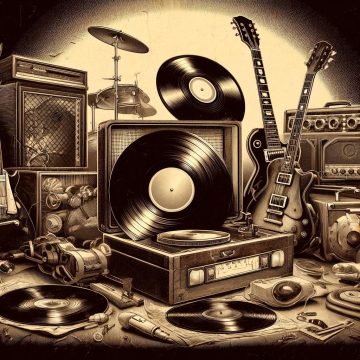
Rock
Rock is characterized by its strong beats, guitar riffs, and energetic performances. It originated in the 1950s and has since evolved into various sub-genres like hard rock, punk rock, and alternative rock.

Pop
Pop music is known for its catchy melodies, simple chords, and widespread appeal. It often tops the charts and includes a mix of dance, electronic, and ballad styles.

Hip-Hop
Hip-Hop encompasses rapping, DJing, breakdancing, and graffiti art. Its lyrics often address social issues and personal experiences, set to rhythmic beats.
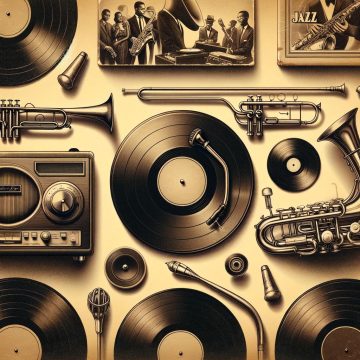
Jazz
Jazz is known for its complex harmonies, improvisation, and diverse influences from blues, ragtime, and classical music. It has a rich history dating back to the early 20th century.

Classical
Classical music is marked by its structured compositions and orchestral arrangements. It spans several centuries and includes symphonies, operas, and chamber music.

Blues
Blues music is characterized by its melancholic melodies and lyrical themes of sorrow and hardship. It laid the foundation for many other genres like rock and jazz.

Country
Country music blends folk, bluegrass, and blues elements. It's known for its storytelling lyrics about life, love, and hardship.

R&B
Rhythm and Blues (R&B) combines soulful singing and a strong backbeat. It has evolved over the decades, incorporating elements of funk, hip-hop, and pop.

Reggae
Reggae is a Jamaican music genre characterized by its offbeat rhythms and socially conscious lyrics. It often features themes of love, peace, and resistance.

Electronic
Electronic music relies heavily on digital instruments and synthesizers. It encompasses various sub-genres like techno, house, and dubstep.
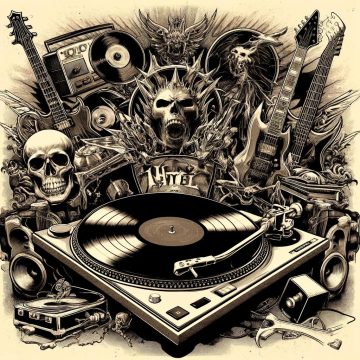
Metal
Metal is known for its loud, aggressive sound, characterized by heavy guitar riffs, double bass drumming, and powerful vocals. Sub-genres include thrash, death, and black metal.
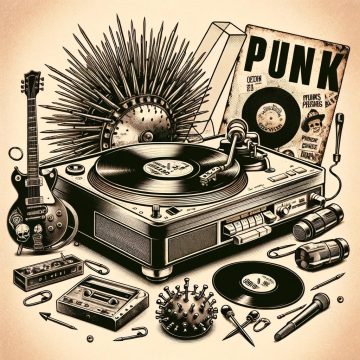
Punk
Punk music is fast-paced, raw, and often politically charged. It emerged in the 1970s as a reaction against mainstream rock.

Soul
Soul music combines elements of R&B and gospel, known for its emotive vocals and strong rhythm section. It often addresses themes of love and heartache.

Folk
Folk music is traditional and acoustic, often telling stories through its lyrics. It has roots in various cultures and has evolved into contemporary folk and indie folk.
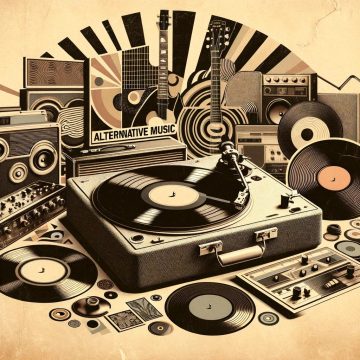
Alternative
Alternative music is a broad genre that includes non-mainstream rock and indie styles. It emerged in the 1980s and 1990s as an alternative to commercial rock and pop.

Psychedelic Rock
Psychedelic rock features distorted guitars, extended solos, and surreal lyrics. It aims to replicate and enhance the mind-altering experiences of psychedelic drugs.

Progressive Rock
Progressive rock, or prog rock, is known for its complex compositions, long songs, and incorporation of classical and jazz elements.
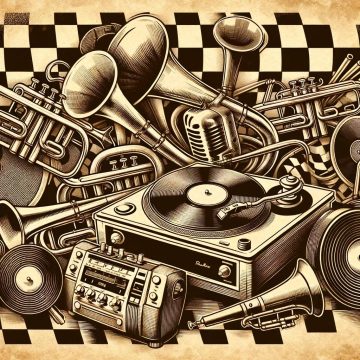
Ska
Ska combines elements of Caribbean mento and calypso with American jazz and rhythm and blues. It is upbeat and features a strong offbeat rhythm.
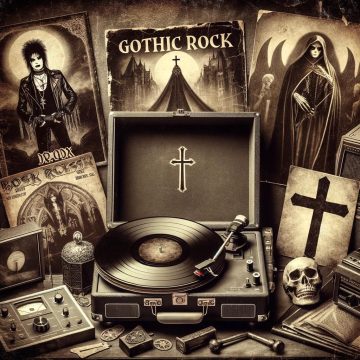
Gothic Rock
Gothic rock, or goth rock, combines post-punk's dark sound with romantic and eerie aesthetics. It often features haunting melodies and introspective lyrics.

World Music
World music encompasses traditional and contemporary music from various cultures around the globe. It includes diverse styles and instruments.

Ambient
Ambient music focuses on creating an atmospheric sound, often using synthesizers and natural sounds. It is intended to evoke a particular mood or environment.

Disco
Disco is dance music that emerged in the 1970s, characterized by its steady four-on-the-floor beat, orchestral arrangements, and catchy hooks.
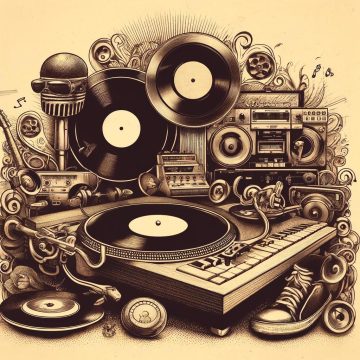
Funk
Funk is characterized by its rhythmic groove, strong bass lines, and lively beats. It emerged in the 1960s and influenced many other genres.
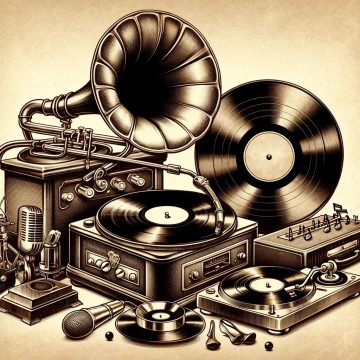
Swing
Swing music is a form of jazz that was popular in the 1930s and 1940s, known for its strong rhythm section and danceable beats.

Grunge
Grunge is a subgenre of alternative rock that emerged in the 1990s, characterized by its raw sound, heavy guitar riffs, and introspective lyrics.

New Wave
New Wave emerged in the late 1970s and early 1980s, blending punk rock's attitude with pop music's synthesizers and catchy hooks.

Synth-pop
Synth-pop combines pop music with synthesizers, creating a futuristic and electronic sound. It was particularly popular in the 1980s.

Industrial
Industrial music blends electronic music with punk rock and experimental sounds, often featuring harsh, mechanical beats and dystopian themes.

Bluegrass
Bluegrass is a form of American roots music, characterized by its use of acoustic string instruments and high-energy tempos.
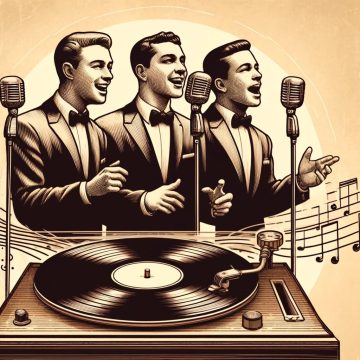
Doo-Wop
Doo-wop is a style of rhythm and blues characterized by vocal group harmony and simple beats. It was popular in the 1950s and 1960s.

Bebop
Bebop is a complex, fast-paced style of jazz that emerged in the 1940s. It features intricate melodies and harmonies.

Shoegaze
Shoegaze combines ethereal vocals with heavily distorted guitars and effects, creating a wall of sound. It emerged in the late 1980s and early 1990s.
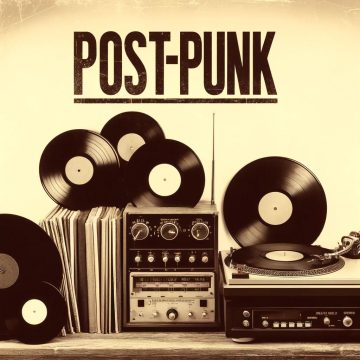
Post-Punk
Post-punk is an experimental rock genre that emerged in the late 1970s, known for its eclectic influences and dark, introspective lyrics.

Trip-Hop
Trip-hop combines elements of hip-hop, electronic, and rock music, creating a downtempo, atmospheric sound. It originated in the 1990s.

Avant-Garde
Avant-garde music is experimental and innovative, often challenging conventional norms and exploring new soundscapes.

Other
May not be as widely recognised but have unique sounds and dedicated followings.
